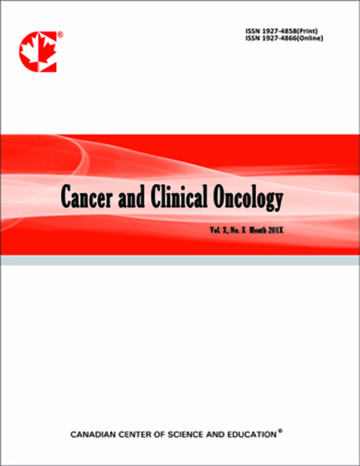Antineoplastons A10 and AS2-1 in the Treatment of Children with Optic Pathway Glioma: Final Report for Protocol BT-23
- Stanislaw Burzynski
- Tomasz Janicki
- Gregory Burzynski
Abstract
Protocol BT-23, a Phase II study, was performed to determine the efficacy and safety of combination Antineoplaston A10 and Antineoplaston AS2-1 (ANP) in children with an optic pathway glioma (OPG). Sixteen patients (12 males, 4 females) ages 1 to 16 years (median age 4.5 years) were treated. The patients received ANP, by intravenous infusion, six times daily (i.e., every four hours). The length of treatment extended from a minimum of 4.1 weeks to a maximum of 210.0 weeks. The median dosage of A10 was 8.07 g/kg/d while for AS2-1 itwas 0.39 g/kg/d.
Patients’ best response to ANP was determined: 12.5% of this patient population achieved a complete response, 18.8% achieved a partial response, and 31.3% maintained stable disease. The median overall survival was 78.5 months (95% CI: 37.6-92.3) while median progression-free survival was 45.4 months (95% CI: 7.1-71.4). ANPwas associated with a12% incidence of Grade 3 and a12% incidence of Grade 4 adverse drug experiences (ADEs). There were no Grade 5 ADEs. Grade 3 ADEs included somnolence and elevated SGOT; Grade 4 ADEsincluded hypernatremia and hypokalemia. Long-term quality of life was excellent with no chronic toxicity identified. Children with an OPG respond very well to ANP with good efficacy and toxicity profiles.
- Full Text:
 PDF
PDF
- DOI:10.5539/cco.v6n1p25
Journal Metrics
Google-based Impact Factor (2018): 3.94
h-index (August 2018): 8
i10-index (August 2018): 6
h5-index (August 2018): N/A
h5-median(August 2018): N/A
(The data was calculated based on Google Scholar Citations. Click Here to Learn More. )
Index
Contact
- Lexie GreyEditorial Assistant
- cco@ccsenet.org
